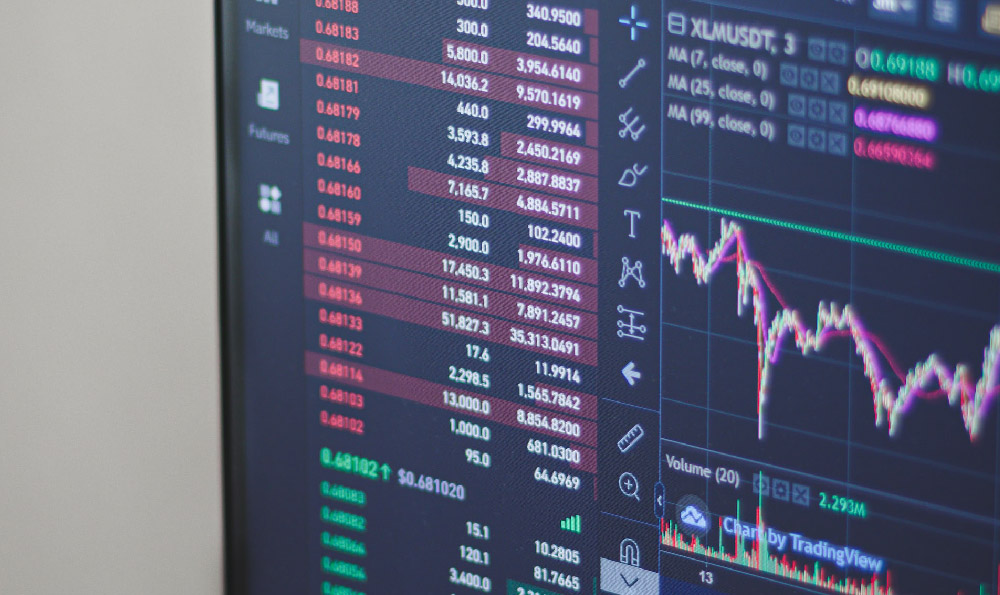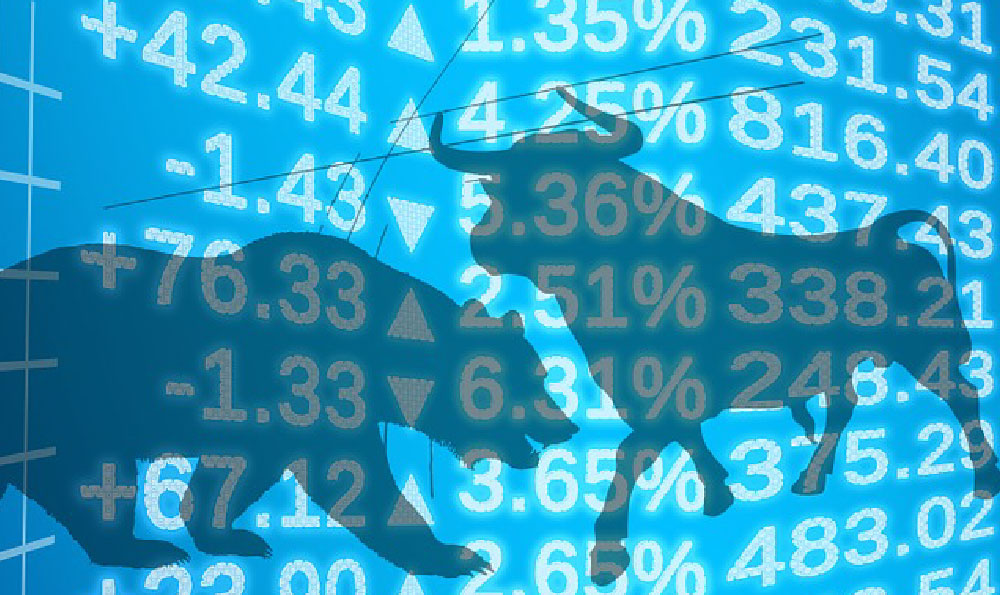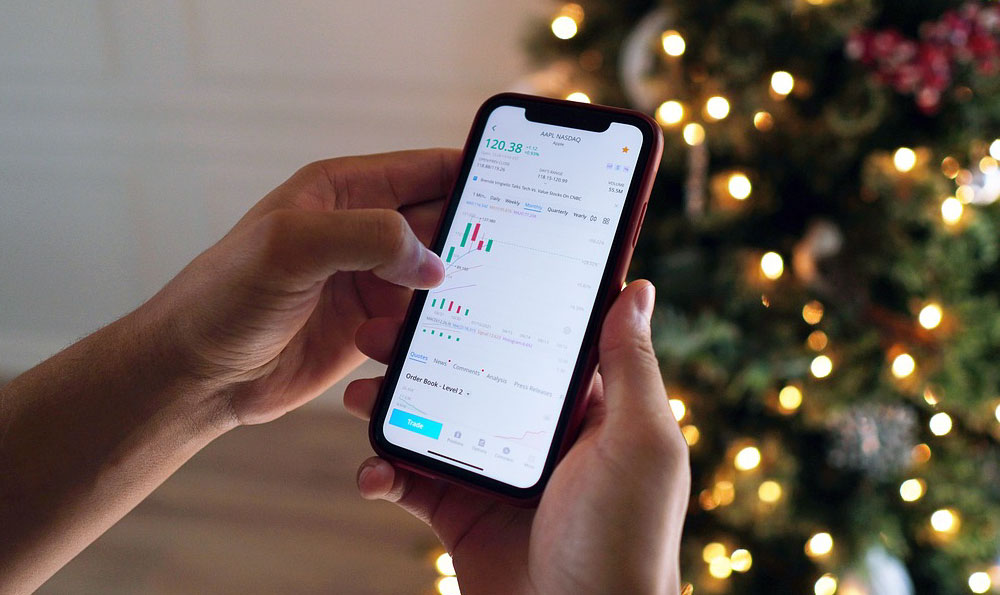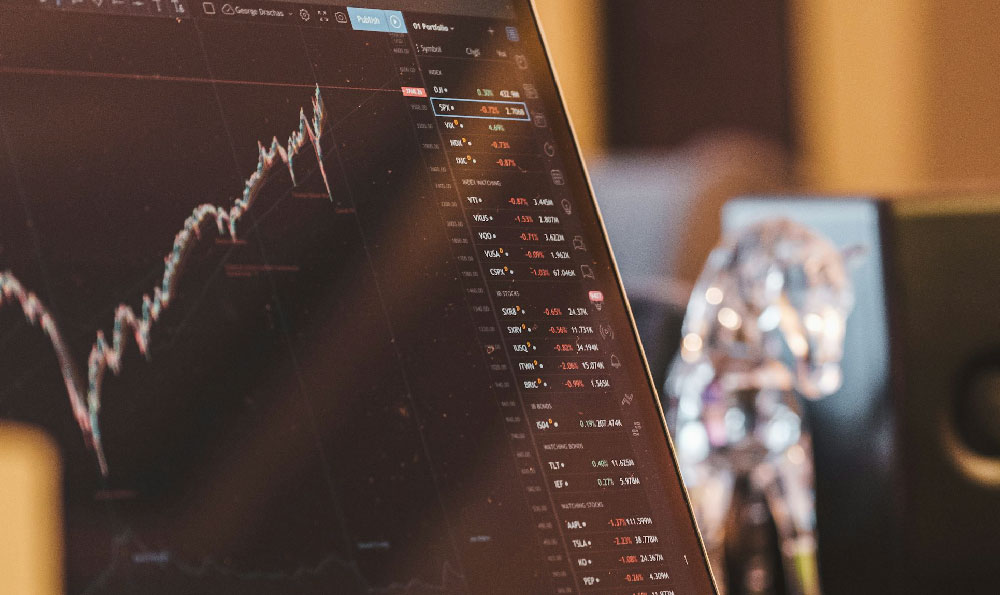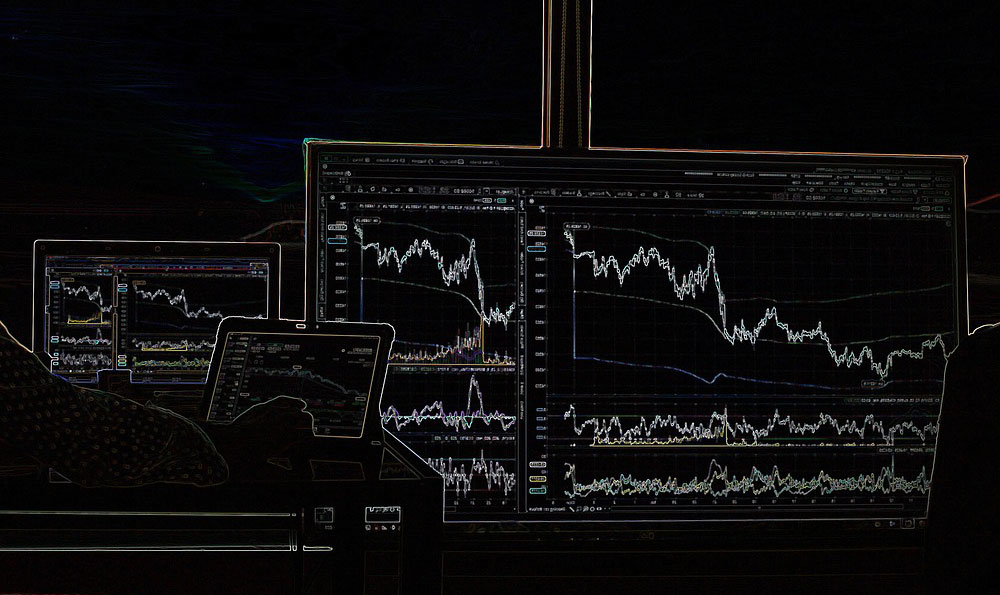Day trading in the cryptocurrency market offers a unique avenue for generating income, but its potential profitability is as much a product of strategy and discipline as it is of market conditions. The allure of quick profits in a high-volatility environment often draws newcomers, yet the reality is that earnings vary widely based on experience, risk tolerance, and the ability to navigate unpredictable price movements. While some traders report significant gains, others may struggle with consistent results or even face substantial losses. Understanding the factors that influence earnings, alongside the inherent risks, is crucial for anyone considering this path.
The cryptocurrency market, known for its 24/7 operation and rapid price fluctuations, can create opportunities for day traders to capitalize on short-term trends. Instruments such as BTC/USD, ETH/BTC, and other altcoins often exhibit sharp swings that can be exploited with proper analysis. However, the lack of a fixed earnings structure means that success depends heavily on individual approaches. Some traders may focus on specific strategies like scalping, where small profits are accumulated through frequent trades, while others may target larger swings in trending assets. The key to maximizing returns lies in mastering these strategies and adapting to the ever-changing market dynamics.
Market conditions play a pivotal role in determining day trading profitability. During periods of heightened volatility, driven by regulatory announcements, technological advancements, or macroeconomic shifts, opportunities for profit can expand. For example, the 2021 Bitcoin bull run saw massive short-term gains for traders who timed their entries and exits effectively. Conversely, during market downturns or stagnant phases, day traders may find themselves facing frequent losses or struggling to maintain consistent performance. The ability to read market sentiment and anticipate shifts in demand and supply is essential for navigating these fluctuations.
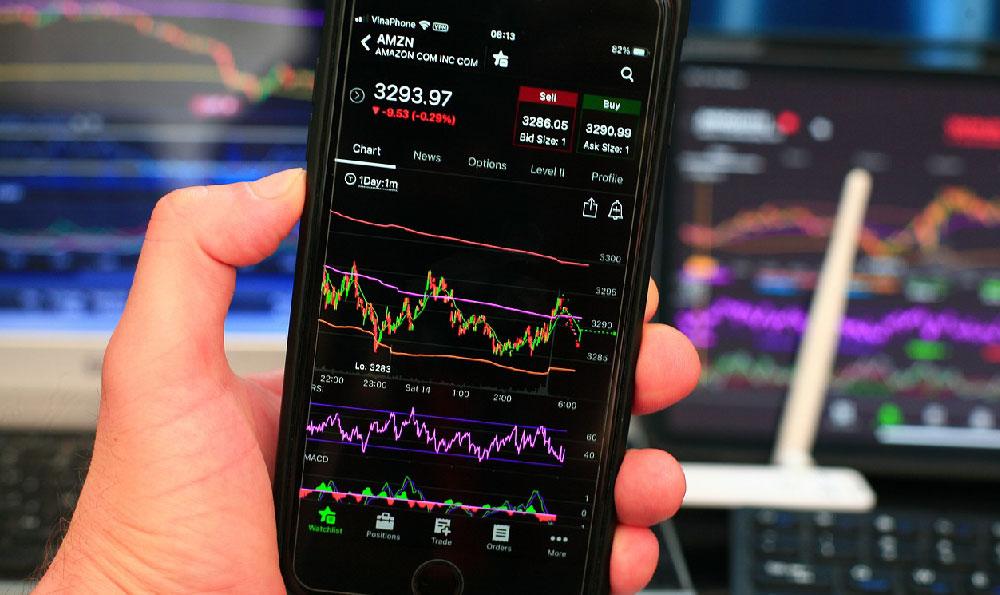
The technical aspect of day trading demands a deep understanding of chart patterns, indicators, and volume analysis. Traders who rely on tools such as RSI, MACD, or Bollinger Bands often have a better chance of identifying entry and exit points. However, the reliance on technical analysis alone can be risky, as market anomalies and unexpected events may disrupt traditional patterns. Combining technical signals with fundamental insights—such as project development, regulatory changes, or market adoption—can provide a more comprehensive view. This holistic approach helps traders make informed decisions rather than relying on guesswork or emotional reactions.
Risk management is an inseparable component of day trading success. The potential for large gains in cryptocurrency markets is matched by the possibility of substantial losses. Traders who fail to implement effective risk control measures, like setting stop-loss orders or maintaining adequate margin, often face catastrophic outcomes. The returns from day trading are not guaranteed, and without a strict adherence to risk management principles, even experienced traders can suffer setbacks. It's essential to never risk more than you can afford to lose and to have a clear plan for handling adverse market conditions.
The psychological challenges of day trading should not be underestimated. The pressure to constantly monitor the market and make split-second decisions can be mentally taxing. Traders who succumb to fear or greed may make impulsive choices that undermine their long-term goals. Developing a disciplined mindset, where decisions are based on analysis rather than emotions, is critical. This includes setting realistic expectations, avoiding overtrading, and maintaining emotional control during volatile sessions.
Real-world examples illustrate the spectrum of earnings in day trading. A trader with access to real-time data, advanced tools, and a well-defined strategy might generate hundreds or even thousands of dollars in a single day. However, these gains are typically the result of years of experience and a deep understanding of market mechanics. Beginners, on the other hand, may find themselves incurring losses due to lack of expertise, poor risk management, or inadequate research. The key to achieving consistent profits is not just about understanding the market, but about learning from mistakes and refining strategies over time.
While day trading can be lucrative, it's important to recognize that earnings are not solely dependent on the market itself. External factors such as internet connectivity, trading platform reliability, and geopolitical events can also impact performance. In a highly competitive environment, even minor technical glitches can lead to missed opportunities or unexpected losses. Therefore, ensuring that trading infrastructure is robust and reliable is part of the equation for financial success.
The potential for earning from day trading is not limited to individual traders. Institutional players and algorithmic trading systems often amplify market movements, creating opportunities for those who can adapt to these dynamics. However, the presence of these entities also increases competition, as they can execute trades at a speed and scale that is difficult for traditional traders to match. This means that the earnings potential for individual day traders is often constrained by their ability to meet or exceed the efficiency of these automated systems.
In summary, the amount one can earn day trading in the cryptocurrency market is a complex interplay of skill, strategy, and market conditions. While some traders report astonishing returns, the path to profitability requires a combination of analytical rigor, emotional discipline, and adaptability. The market's inherent volatility ensures that earnings are never guaranteed, and success is often a result of continuous learning and refinement. For those who are willing to invest the time and effort, day trading can be a viable option for financial growth, but it should not be viewed as a shortcut or a get-rich-quick scheme. The true value of day trading lies in its ability to teach traders about market dynamics, risk management, and the importance of a long-term perspective.



